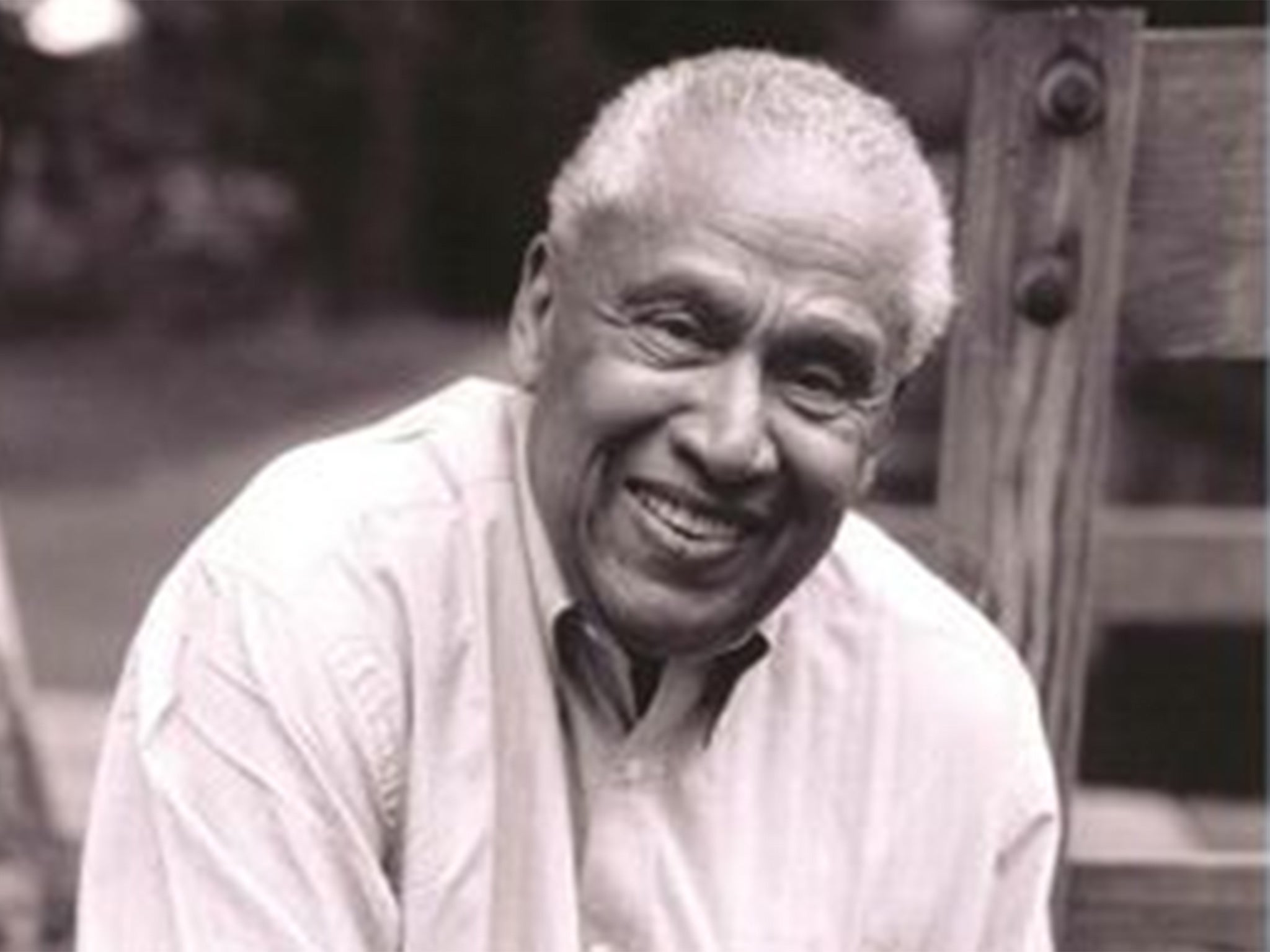Captain Jim Gilliam was a calming influence following the murder of Martin Luther King
War hero who served with the ‘Buffalo Soldiers’ before becoming a much admired civil rights campaigner

Your support helps us to tell the story
From reproductive rights to climate change to Big Tech, The Independent is on the ground when the story is developing. Whether it's investigating the financials of Elon Musk's pro-Trump PAC or producing our latest documentary, 'The A Word', which shines a light on the American women fighting for reproductive rights, we know how important it is to parse out the facts from the messaging.
At such a critical moment in US history, we need reporters on the ground. Your donation allows us to keep sending journalists to speak to both sides of the story.
The Independent is trusted by Americans across the entire political spectrum. And unlike many other quality news outlets, we choose not to lock Americans out of our reporting and analysis with paywalls. We believe quality journalism should be available to everyone, paid for by those who can afford it.
Your support makes all the difference.Jim Gilliam was a “Buffalo Soldier”, a term perhaps best-known to younger generations from Bob Marley’s classic song. Gilliam served in the US army’s 92nd Infantry Division, known as the Buffalo Soldiers division, during the Italian campaign of the Second World War when he took part in the North Apennines and Po Valley breakthroughs. His division was made up entirely of African-Americans, who initially faced much racism from their white comrades. But they proved themselves as heroic as anyone else in the armed forces.
He was awarded numerous medals, including two Bronze Stars. He went to become a leading civil rights activist on the US east coast, where he was widely known as Mr G, a calming influence during the street riots which followed the 1968 assassination of Martin Luther King.
The Bob Marley song says: “Buffalo Soldier, dreadlock rasta ... stolen from Africa, win the war for America.” Unlike Marley, Gilliam was not a rastafarian, nor wore dreadlocks. In American terms he was a clean-cut kid. But he was black and was never allowed to forget it by the white kids he grew up with, nor by some of the soldiers his division later trained and fought alongside. But he and his division had won their respect by the time Rome and Berlin were liberated.
Long known as Jim, James Gilliam was born in Baltimore in 1920 to James Gilliam and his wife Pocahontas. He graduated in sociology from Morgan State College, Baltimore, in 1948, followed by a master’s in social work at Howard University in Washington in 1950.
When the US joined the war he volunteered for action in Europe, as it turned out during the allied landings in Italy. He joined the Buffalo Soldiers, the 92nd Infantry Division of the US army’s 370th Infantry Regiment, wearing a shoulder sleeve insignia featuring a buffalo. The term “Buffalo Soldiers” had originated in the 19th century when black Americans fought alongside the US Cavalry against native Americans, who called these black warriors the “Negro Cavalry”. But the term “Buffalo Warriors” stuck because many of the battles were fought on the buffalo-frequented plains.
While other allied forces landed in Normandy on D-Day 1944, Gilliam’s division landed in Italy to create a second front. The 92nd were among the first to cross the Arno river and the Gothic line as the Nazis retreated, still fighting furiously. For the rest of 1944 and into 1945, Gilliam fought through Italy, notably in the Serchio and Ligura sectors and near Viareggio on 5-6 April 1945. From August 1944 until the German surrender the following May, the Buffalo Soldiers suffered 3,200 casualties.
Gilliam was later called upon to serve in the Korean War in 1950, and was thereafter posted to the US sector of Germany, serving in the 147th Quartermaster Truck Company before returning to Baltimore to start a distinguished career of public service, initially as a psychiatric case supervisor the Maryland State Department of Health.
After the 1968 killing of Martin Luther King, due to Gilliam’s reputation as a peace-maker, he was one of only a few people, white or black, permitted to walk the streets of Wilmington, Delaware, to help quell unrest during the city’s tense occupation by the National Guard and the Delaware State police. He went on to become one of Delaware’s most prominent social workers and civil rights leaders, holding numerous positions in housing and community development and being named Delaware’s Social Worker of the Year in 1969.
Gilliam was a great jazz lover. In 2001, Morgan State University named its new 2,000-seat concert hall after him and his wife Louise. In addition to “Mr G”, he was often referred to as “Cap” in his local community, a mentor to many including Vice President Joe Biden. Biden, who grew up partly in Wilmington, recalled first meeting Gilliam during the turbulent civil rights era. “I had the great honour of meeting Jim in 1968 when our city was in flames,” he recalled. “Wilmington was occupied, and I was a recent law school graduate who saw Jim as a clarion voice for justice and one of great civil rights leaders of my generation. He was my friend. He was my mentor. He was a man I looked up to.”
James Gilliam, soldier: born Baltimore, Maryland 6 August 1920; married Louise Hayley 1944 (two children); died Hockessin, Delaware 10 September 2015.
Gilliam: ‘Mr G’, as he was known, was a calming influence following the murder of Martin Luther King
Join our commenting forum
Join thought-provoking conversations, follow other Independent readers and see their replies
Comments